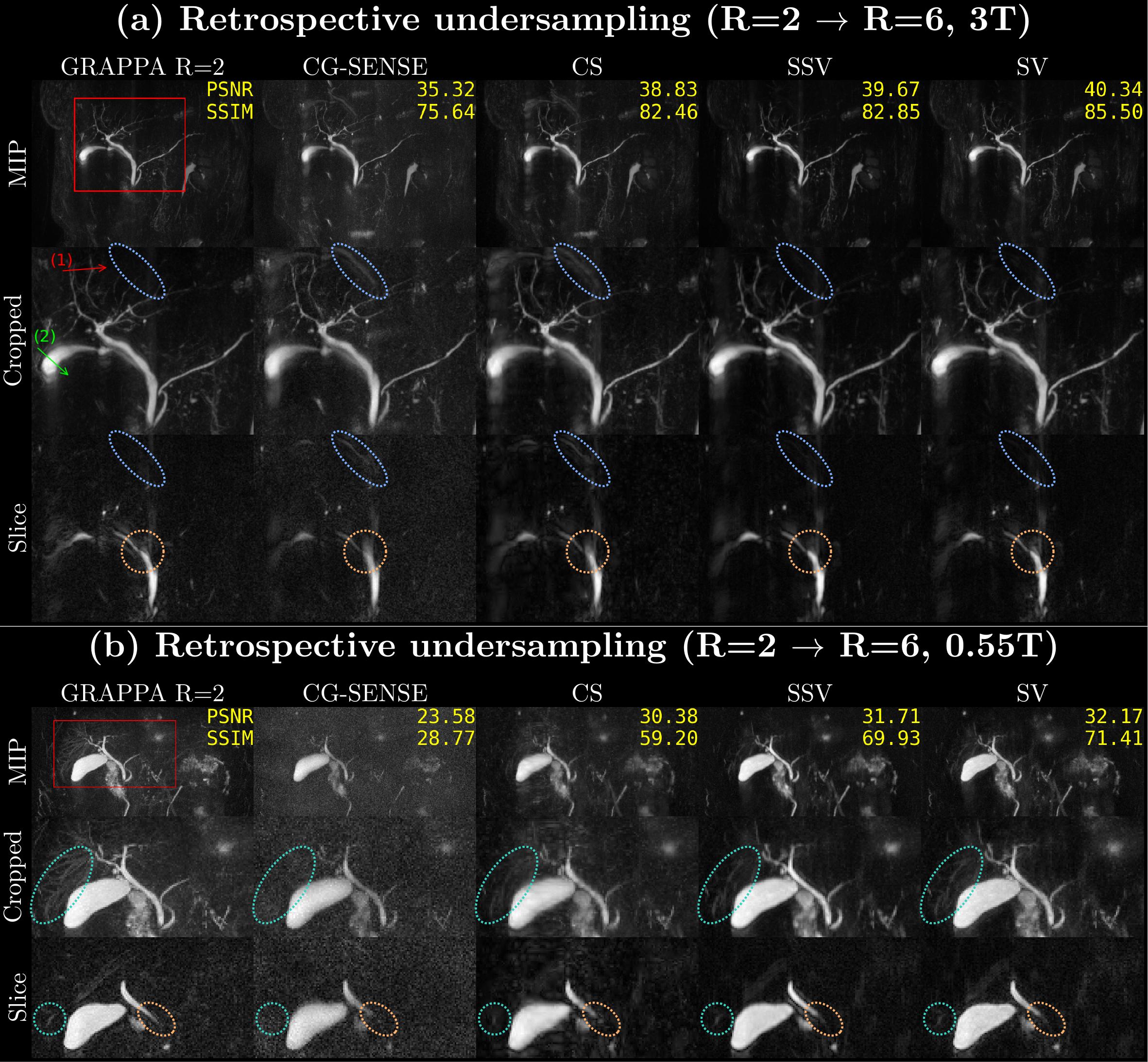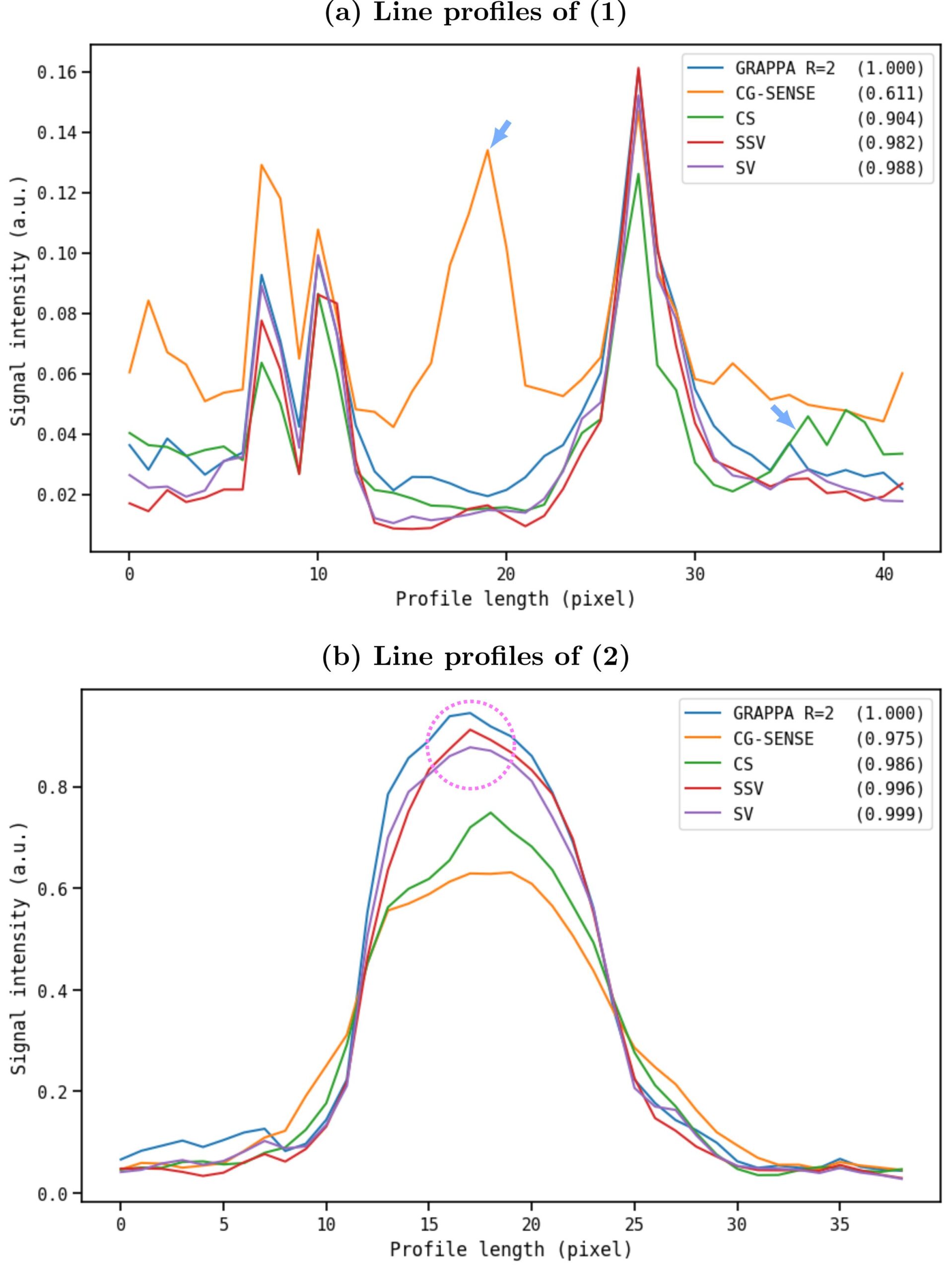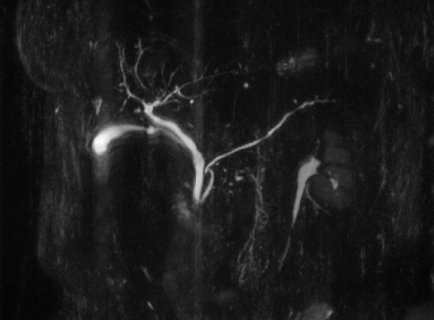New publication in NMR in Biomedicine
We are excited to share that our latest research, “Deep Learning‐Based Accelerated MR Cholangiopancreatography Without Fully‐Sampled Data”, has been published in NMR in Biomedicine! (http://DOI: 10.1002/nbm.70002)
This study demonstrates how deep learning(DL)-based reconstructions can significantly accelerate MR cholangiopancreatography (MRCP) without full-sampled ground truth. We explored both supervised and self-supervised deep learning approaches. DL reconstructions could reduce acquisition times while preserving high image quality.
This research was a collaborative project between Friedrich-Alexander-Universität Erlangen-Nürnberg and Siemens Healthineers AG.


